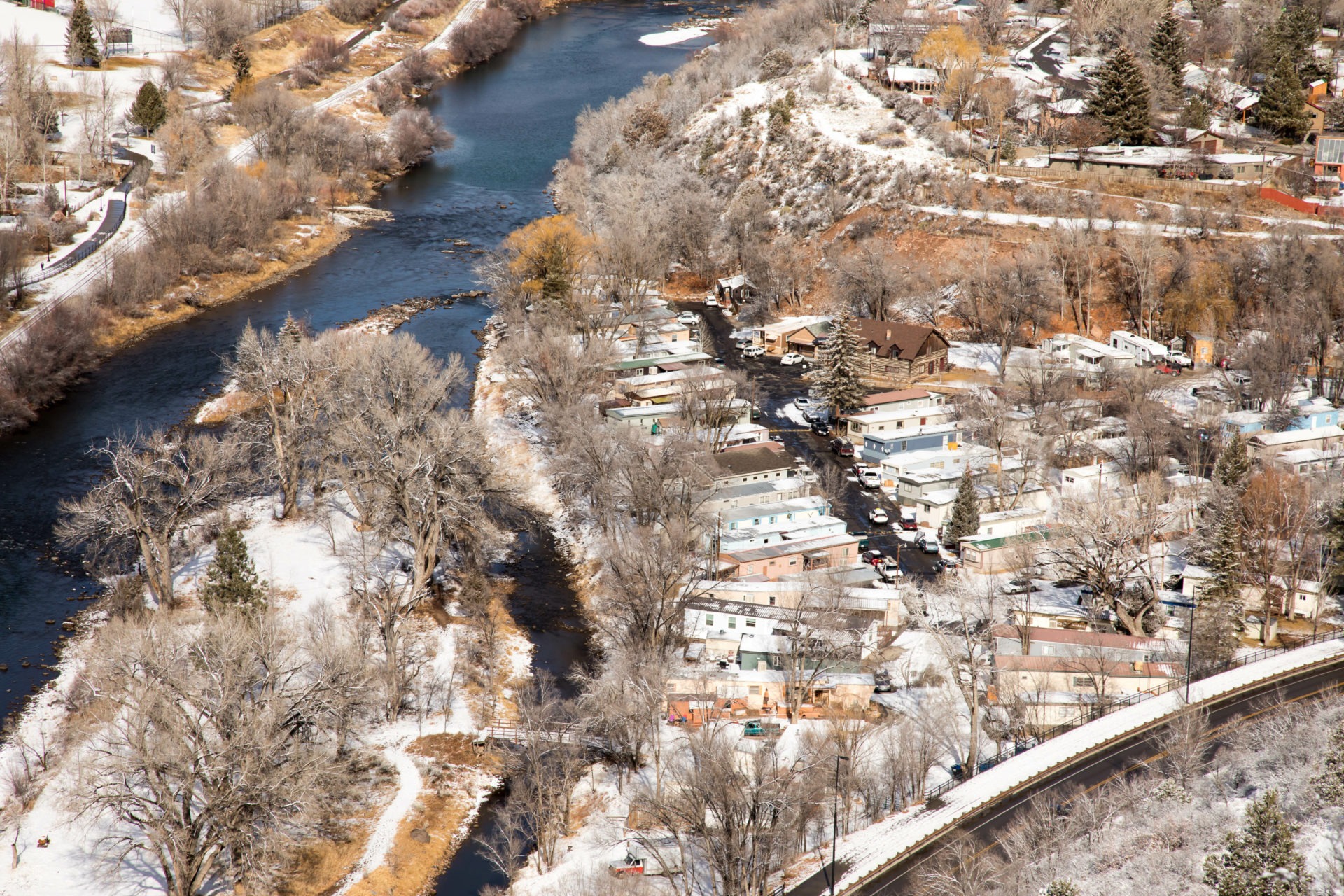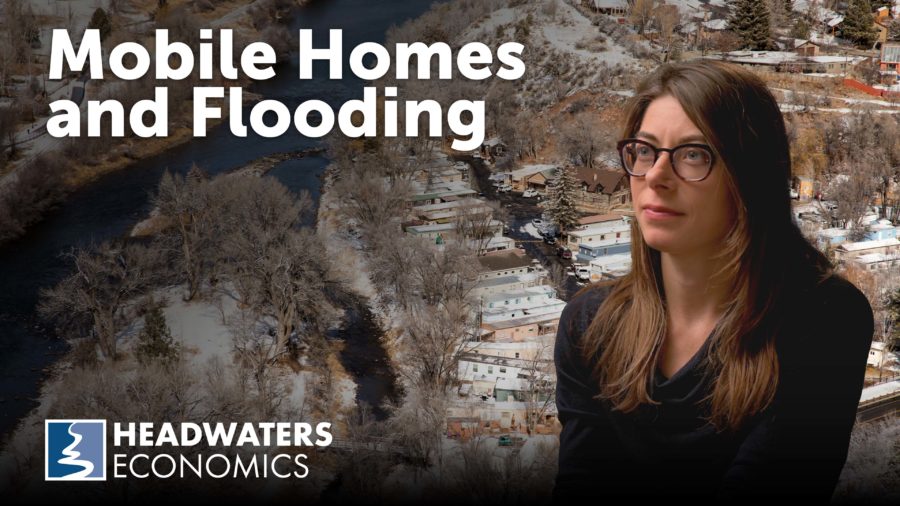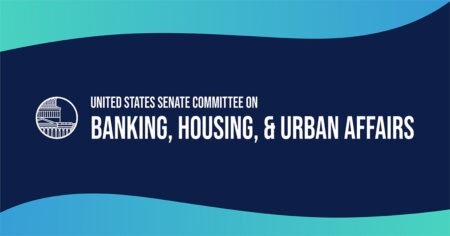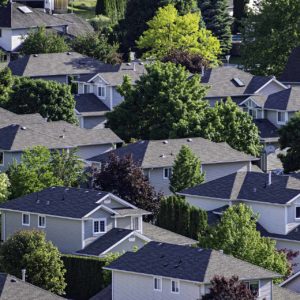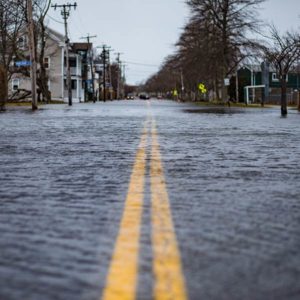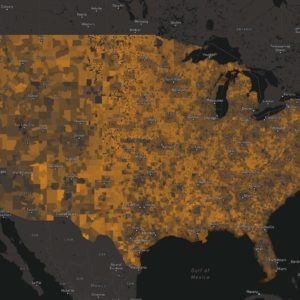Mobile and manufactured homes are the most common unsubsidized, affordable housing in the United States. This analysis shows that these structures face a disproportionately higher risk of flooding.
An estimated 22 million people in the United States live in mobile and manufactured homes. Compared to those who live in other types of housing, mobile home residents have higher exposure to natural hazards such as wind and tornadoes, hurricanes, extreme heat, wildfires, and – as this research demonstrates – flooding. Mobile homes are also often overlooked in hazards planning and disaster recovery efforts.
Climate change will only exacerbate this problem. Climate change adaptation plans and resilience funding must acknowledge the unique situation of the millions of Americans who live in mobile homes and prioritize their safety and well-being.

Our analysis demonstrates that one in seven mobile homes is located in an area with high flood risk, compared to one in 10 for all other housing types. (In this post, we use the term “mobile home” to refer to all mobile and manufactured homes. See Definitions below.)
Mobile homes have higher flood risk than other housing types
Previous research has demonstrated that mobile homes tend to be located in floodplains and are over-represented in National Flood Insurance Policy claims.
This study uses nationwide flood risk data from Flood Factor to construct a map at the census-tract scale of places with both high flood risk and high mobile home density. The results clearly demonstrate that areas with residents living in mobile homes have disproportionately high exposure to floods.
Mobile homes in areas of high flood risk
This interactive map demonstrates that mobile home residents face high flood risk in many areas of the United States. We identify census tracts that have both high flood risk (where >20% of properties have a >1% chance of a flood in a given year) and where mobile homes are >5.5% of all occupied housing types (nationally, 5.5% of occupied housing units are mobile homes). See Definitions, data sources and methods below.
Sorted by the percent of census tracts where high flood risk and high mobile home density coincide, the five states with the most at-risk areas are West Virginia, Louisiana, Idaho, Oregon, and Montana.
Share of census tracts with high flood risk & high mobile home density
| West Virginia | 46.1% |
| Louisiana | 20.7% |
| Idaho | 18.8% |
| Oregon | 17.9% |
| Montana | 17.7% |
| Kentucky | 14.0% |
| Vermont | 13.0% |
| Washington | 10.2% |
| Florida | 9.6% |
| Tennessee | 7.8% |
| Arkansas | 7.7% |
| North Carolina | 7.0% |
Mobile home residents lack legal protections
Approximately 40% of mobile home occupants own their home but rent their land, creating a murky legal arena where occupants are simultaneously renter and owner. Their complicated ownership arrangements can exacerbate vulnerability to disasters.
In many states, mobile home residents are excluded from renters’ basic legal protections such as mandatory notice periods for rent increases or evictions. This makes floods particularly precarious for those living in mobile homes. For example, evictions from mobile home parks are common after floods and other disasters – a challenging scenario for mobile home owners. The majority of mobile homes cannot be moved– either because of the expense, the homes do not meet minimum codes for alternative locations, or they lack structural integrity. The mobile home is often abandoned, and owners simultaneously lose their homes and equity.
Further, the conditions of mobile home parks and levels of service vary significantly from park to park. Park or third-party owners are responsible for maintaining water, wastewater, and stormwater infrastructure as opposed to public entities. Infrastructure that has not been maintained properly is more likely to fail and exacerbate the disaster.
Social vulnerabilities of mobile home residents
Mobile homes provide affordable housing to some of the most vulnerable populations. When compared to other housing types, mobile home residents have higher rates of poverty, are more likely to have a disability or mobility issues, are more likely to be seniors or families with small children, and are more likely to be immigrants. The median annual household income for mobile home occupants is less than half of that for single-family home owners ($38,087 compared to $79,800). Community members with these characteristics have been shown to have more exposure and vulnerability to disasters.
Mobile home occupants are overlooked after floods
Disaster recovery programs rarely account for the unique social and regulatory barriers facing mobile home residents. After a flood, mobile home residents are more likely to face barriers in accessing federal and state assistance, more likely to experience long-term recovery problems, and more likely to be permanently displaced.
Many state and federal disaster relief programs are designed to assist single-family homeowners with conventional mortgages. However, the majority of mobile home owners rely on personal property loans instead of conventional mortgages and may not be eligible for benefits. For instance, most mobile home owners were excluded from the mortgage payment relief programs and the eviction moratorium provided by the 2020 Coronavirus Aid, Relief, and Economic Security (CARES) Act.
While federal disaster recovery payments are based on estimated costs of repair or replacement, in practice they are often capped by home appraisal values. Repair costs for mobile homes can far exceed the value of the home, particularly for older mobile homes. When recovery aid falls short, owners are on the hook for expenses they cannot possibly afford.
Mobile home parks are typically private businesses and do not qualify for FEMA disaster assistance (though they may qualify for disaster loans from the Small Business Administration). Other public and private aid providers may be hesitant to assist because of private ownership of parks, the poor quality of the housing stock, the risk of evictions, stigma, and confusion over whether or not mobile homes even qualify for programs. These funding gaps for mobile home parks further compound the vulnerability of mobile home residents. Community members must either live with unrepaired damages or find new affordable housing when parks shut down.
Subscribe to our newsletter!
Solutions: Target resilience funding to mobile home residents
Policy approaches at the federal, state, and local levels can help address the disproportionate flood risks and barriers to aid faced by mobile home residents, including:
1. Strengthen legal rights for mobile and manufactured home residents. Many states fail to provide mobile home residents with the same legal protections as other tenants. Outdated regulations, such as policies governing evictions, assume mobile homes can be easily moved, but this is not true in practice. Strengthening tenant rights for mobile home residents at the state level, including passing policies to promote resident ownership of parks, is key for protecting occupants and increasing their resilience to disasters.
2. Reduce risk before the disaster occurs. Local, state, and federal governments must recognize the unique vulnerabilities of mobile home residents and ensure their needs are addressed in emergency management plans. Creating statewide databases of mobile homes and flood risk is the first step in understanding the risk. Investing in projects to decrease flood risk before the disaster occurs is the most cost-effective strategy, but most mobile home residents cannot afford projects on their own. Public investments are needed to protect mobile homes from flooding, including investments in retrofits, stormwater management, and other risk-reduction projects.
3. Target mobile home residents in short-term disaster recovery aid. Recovery programs must be redesigned to deliberately include mobile home residents and park owners to prevent displacement. At the federal level, FEMA is already working to make aid more accessible. Experts have also suggested creating automatic enrollment into recovery aid programs and weighting damage assessments based on income and social vulnerabilities.
4. Prioritize affordable housing in long-term disaster planning and recovery. Floods can create short-term and long-term losses in affordable housing and displace lower-income community members. Affordable housing—including the replacement of damaged structures and the creation of new units—must be integrated into hazards planning, disaster recovery, and climate adaptation programs.
Mobile home residents’ exposure to extreme weather events is compounded by layers of individual, community, and regulatory vulnerability. To tackle the challenges of climate change, new approaches that link disaster recovery, affordable housing, and resilience are needed. This will require more proactive and flexible local, state, and federal programs. Programs must prioritize short-term needs of residents in mobile homes while also investing in longer-term solutions that decrease flood risk and ensure people have access to safe, secure, and affordable housing.
Definitions, data sources and methods
Definitions
In this post, we use the phrase “mobile homes” to refer to all manufactured homes. Manufactured homes are built on a permanent base frame, enabling them to be moved from the factory to the home site and then relocated as desired. In practice, most manufactured homes are never moved after their initial placement. Manufactured homes include mobile homes, which are technically manufactured homes built before 1976 when HUD began regulating their construction, design, and installation.
The research presented here does not include modular homes. A modular home is partly assembled at a factory and then finished at the building site. Modular homes are regulated like any other “site-built” home.
Data Sources and Methods
First Street Foundation provided flood data from their Flood Factor platform for use in this research. We define high flood risk as census tracts where >20% of properties have a >1% chance of a flood in a given year.
The number of mobile homes, population, rental housing units, families in poverty, households with no car, and the People of Color & Hispanics are from the U.S. Census Bureau’s American Community Survey five-year average for 2015-2019.
This analysis was conducted at the census-tract scale. We identify census tracts that have both high flood risk (as defined above) and where mobile homes are >5.5% of all occupied housing types. As per the 2019 American Community Survey, 5.5% (approximately 1 in 20) of all occupied housing types in the United States are mobile homes.
